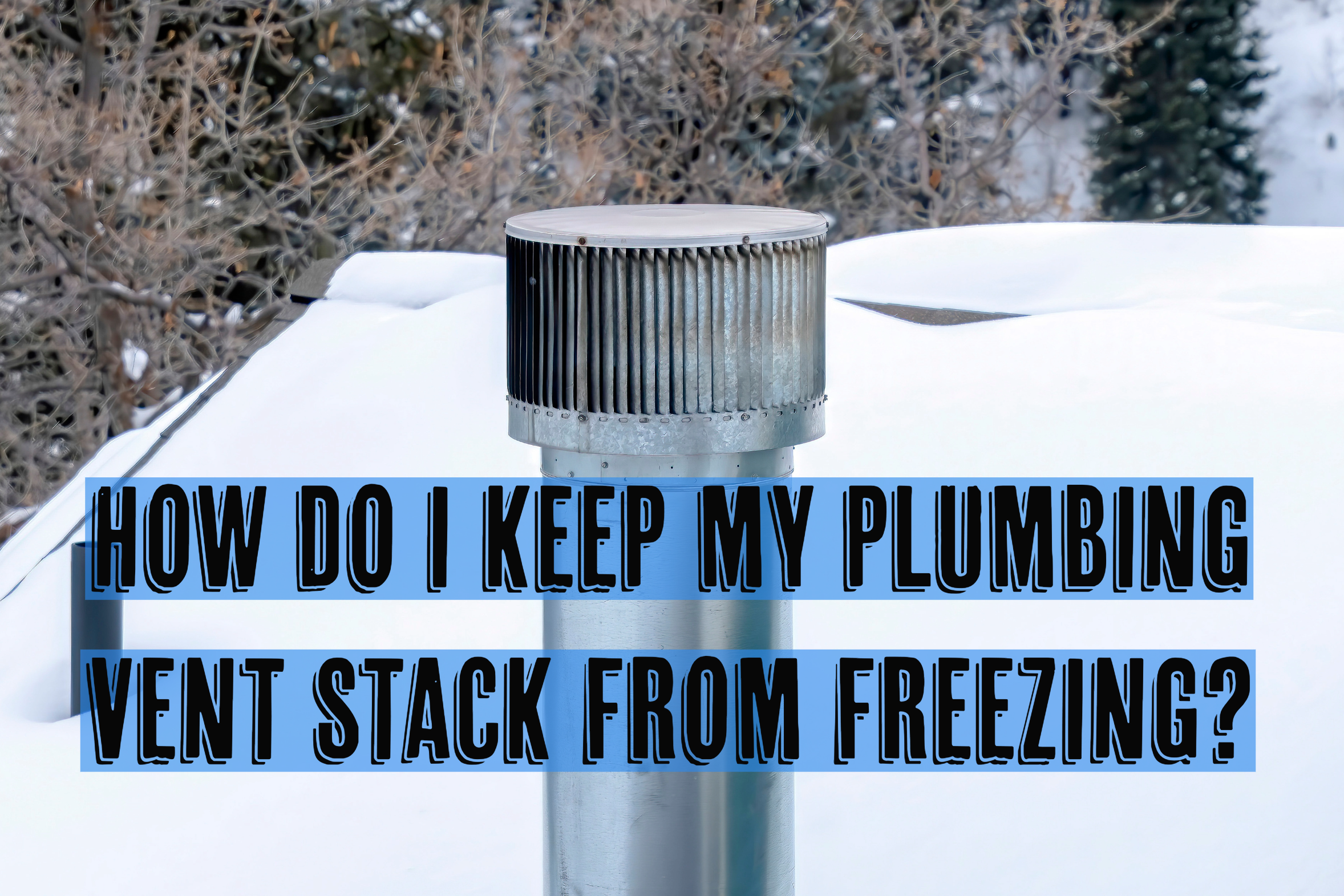Ever thought about all the exhaust or vent systems in your house? You’ve got the furnace, chimney, dryer vent, and the kitchen fan. But what about your plumbing vents and vent stack? Yeah, that’s a thing too! But what is it, and what does it do? Furthermore, did you know it can freeze up, creating a variety of plumbing problems? It’s not something most folks know much about; plumbing can sometimes be a bit of a mystery unless you’re a professional. That’s where your local Five Star Dayton Plumbing crew jumps in. We’re here to chat about your plumbing vents and vent stack and teach you all you need to know about keeping an eye on them this winter!
Knowing the Role of Plumbing Vents and the Vent Stack:
Most homes have one vent stack (on the roof) that connects all drain lines to the plumbing vent system inside the house. But you may find that some houses or yours have more than one vent stack on their roof. Vent stacks are typically made from stuff like cast iron, steel, galvanized steel, PVC, and CPVC. These plumbing vents connect to sinks, toilets, tubs, and other drains.
The main role of plumbing vents is to let sewer gases escape through the plumbing vents and out of the roof via the vent stack on the roof. This way, those nasty gases don’t end up staying in your living spaces. They also help maintain air pressure, prevent siphoning, control odors, and stop backflow. All of these things contribute to keeping your plumbing system running smoothly. So, if the vent stack somehow freezes up and the ice creates a blockage, it opens the door for a bunch of potential plumbing problems to happen.
Identifying a Frozen Plumbing Vent Stack:
You should be able to take a look at the vent stack from the ground looking up. If you happen to notice ice buildup on top of it, it’s likely frozen. Another way to tell is if the toilets in your house are running slowly or perhaps making gurgling sounds.
Keeping Frozen Vent Stacks at Bay:
- Pipe insulation is a great option to prevent freezing problems. By wrapping the piece of the vent stack that you have access to from your attic in pipe insulation, you may be able to help prevent ice buildup.
- To avoid freezing, you can also pour some warm water down drains (especially those drains you don’t use often) and run hot water from the faucets. This will help keep the traps full. Don’t forget about your floor drains as well!
- Another awesome way to keep your vent stack warm is by using an insulated cap.
- If this is a frequent issue for you, you may want to consider using heat tape to help prevent freezing issues.
- If your vent stack is already frozen, you can try opening the attic door to let some warm air in. Just remember, it might bump up your heating costs a bit.
- Loose outdoor debris, such as leaves and twigs, should not be allowed to block the vent stack. When mixed with winter weather, loose debris like this can create an even more stubborn clog to deal with. But don’t forget, we don’t recommend getting on top of your roof unless you are a trained professional.
Conclusion:
By utilizing these tips, you can prevent your plumbing vent stack from freezing this winter and ensure your plumbing system stays in top shape. Plus, regular maintenance and taking preventive measures during colder weather really help lower the risk of freezing.
If you ever run into any plumbing vent stack problems or have any other plumbing-related worries, don’t hesitate to reach out to Five Star Dayton Plumbing. We’re here to help out! Call us today at (937) 230-6506, or schedule an appointment online now by clicking here! Wishing you a safe and trouble-free winter!


